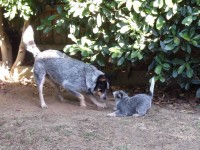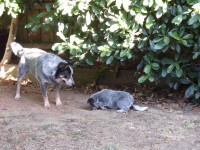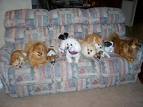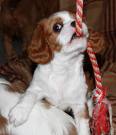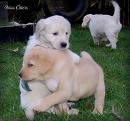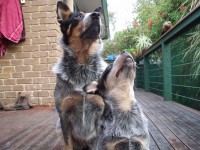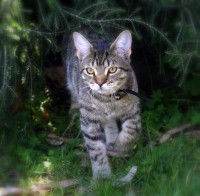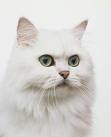Benefit versus Risk
Wednesday, March 23rd, 2011The mainstay of my current practice of Integrated Veterinary Medicine is to observe closely, think deeply and surrender to intuition.

I firmly believe that the foundation principle of any decision involving medical intervention must be the question of whether the benefit to the animal outweighs the risks.
Whenever the question arises of whether or not to use pharmaceuticals, vaccines, surgery or any other interventions, if we keep the question of benefit versus risk uppermost in the analysis then we are far more likely to make an informed and balanced choice. This depends on us receiving accurate and comprehendible information about the options and also knowing what questions to ask.
Today, for example, I was asked about whether a little dog I have been treating for musculoskeletal problems should have another pentosan (arthritis treatment) injection.
Since this dog is responding very well to diet change, Bowen and Homeopathy and is much more comfortable and functional than she was previously, it is a valid question. On the basis alone that her function and comfort have improved then my answer is no. In other cases with the same question, where the animals may still have some dysfunction to address, you would need to assess the response to previous treatments and the deeper issues of potential side effects of the drug with continual use.
Once again a thorough look at benefit versus risk will direct us to the most appropriate management in each case.
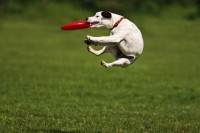
It is well recognised that if we do nothing then many animals will get better by themselves.
Often all we need to do is determine if assistance is required and choose the most appropriate treatment. The animals themselves usually provide us with both the clues and the questions and, as often, the answers. Many animals don’t need anything more than time and space to heal. It is then the Veterinarian’s responsibility to make this decision after a thorough physical examination and assessment of the animal’s capacity to deal with their problem in the environment in which they are placed.
Provided with sufficient and diverse tools from which to choose, we can then select the appropriate way to best assist the animal.

These days we are often coerced into a ‘quick fix’ by the time constraints of modern living that put pressure on us all to do things quickly. Healing will take its own time and cannot be hurried. It can be expedited with good management but we must respect time and the natural process.
There are answers to all questions but we do not always know what they are until we begin to do things a little differently and make enquiries. The primary consideration should always be the animal’s welfare followed by the client’s convictions, balanced by the Veterinarian’s opinion and experience. We are used to ‘fixing’ conditions with one visit but perhaps it is better to see the animal more frequently and also try to alter the culture of a ‘one stop shop’. This is especially important for acute homeopathically managed cases that can change presentation over hours.
Integrated Veterinary Medicine involves the employment of best practice from a range of medical options and each case is treated individually.
Integrated practice utilises surgery, conventional medicines, Traditional Chinese Medicines, herbs, Homeopathy, and a whole array of other modalities that best suit the case in question including nutraceuticals and supplements to boost cellular metabolism and optimise nutrition and immune function. These are all designed to maintain the animal’s ability to heal itself without interfering with natural processes that serve in the animal’s best interests.
Veterinarians are the only registered bodies that can prescribe and administer pharmaceuticals to animals and this is both a privilege and a responsibility that should not be taken lightly. Many of us (Veterinarians) are now also looking at different medicines and remedies to treat the diseases that we diagnose. Some of us are even looking at different ways to identify and understand disease from a wider range of global medical practices.
There is also a growing number of non-veterinary trained animal health practitioners making their own services available to the public and it is often not made clear that these people are not Veterinarians. With quite a few more players on the veterinary and animal health stage, pet owners recognise that they have a range of options for treating their animals and they are making choices that often do not involve Veterinarians. It is up to Veterinarians, therefore, to demonstrate that they are the best qualified and most competent animal health practitioners.
Veterinarians are very likely to be the only ones to be able to fully address benefit/risk assessments in animal health management.
As animal owners, if you are looking for a well informed and reliable opinion regarding veterinary care, it is important that you ask for the benefit risk analysis in any situation regardless of the severity of the condition under consideration. There are many things we do not know but using our pooled resources we can devise the most suitable management plan for the patients entrusted to us.
This open approach will also encourage the Veterinarian to bring forth their own best qualities and reflect on the choices to be made in each and every case. This simple technique is the foundation of good practice and forms the future for the practice of professional Integrative Medicine.
As my first practice principal used to say, “If you don’t know, ASK!”
see also bodywork, evolutionary diets, who’s in charge?,
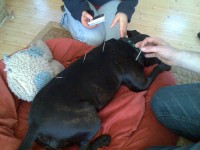
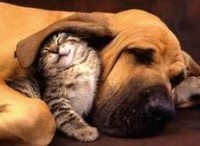
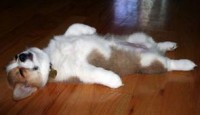
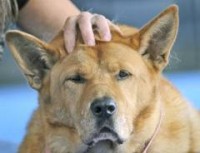
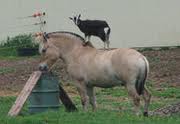
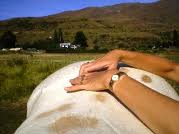
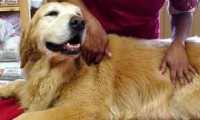

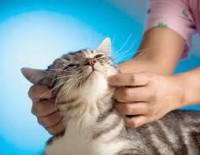
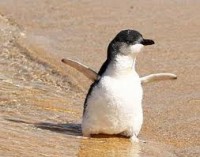
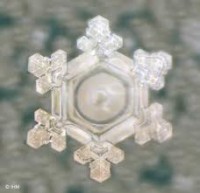
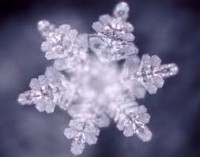
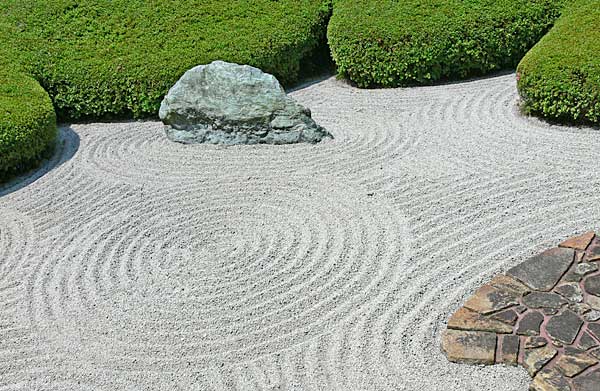
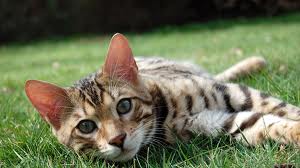




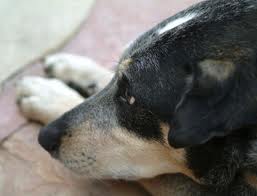
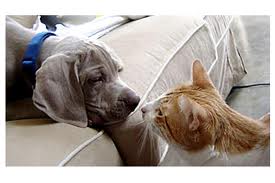


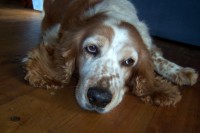




 Wild animals have long been vilified as harbingers of disease for domestic species when in fact they perhaps should be congratulated for their resistance to the diseases.
Wild animals have long been vilified as harbingers of disease for domestic species when in fact they perhaps should be congratulated for their resistance to the diseases.
